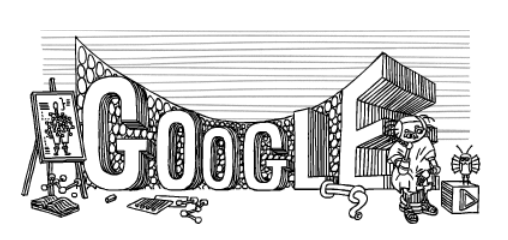Google doodles are variations of Google's logo that commemorate famous people or events such as the Veteran's Day, Dostoevsky's birthday, etc. On November 23rd in 17 European countries the Google logo was replaced by a doodle commemorating the publication of Stanislaw Lem’s first book.
All the credit, glory and fame for the most elaborate Google doodle ever goes to Mr. Marcin Wichary, Ms. Sophia Foster-Dimino, their Team and, of course, to the late Daniel Mroz, the author of terrific illustrations for "The Cyberiad".
The Google Doodle Game:
The Lem doodle is a well thought out project that extracts the very essence of “The Cyberiad” - a book witty on the surface and philosophical beneath - and captures its spirit.
First you get acquainted with Trurl, a robot with surprisingly human characteristics who looks a bit like Lem himself.

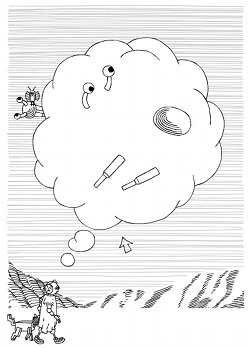
Trurl seems to have an idea for a machine that requires three parts from his other, already finished creations. Missing parts are collected during the game by a small robotic bird.
Step 1: "Trurl’s Machine"
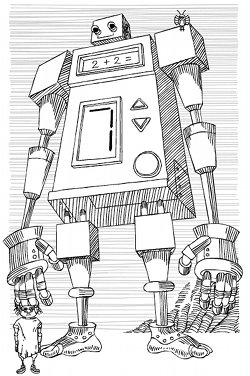
“Trurl’s Machine” is famous for its conviction that 2 + 2 = 7. It is also very stubborn. You have to help the machine with addition.
Step 2: Pirate Pugg
("The Sixth Sally, or How Trurl and Klapaucius Created a Demon of the Second Kind to Defeat the Pirate Pugg")
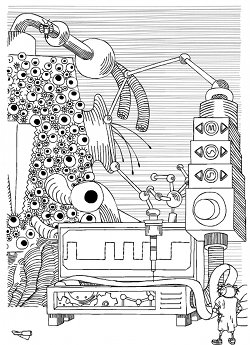
Pugg, a cosmic pirate of information with a PhD., demands from Trurl any information as long as it is true. A daemon filters information from random motion of air molecules. This "information wave" is then written down on a very long sheet of paper.
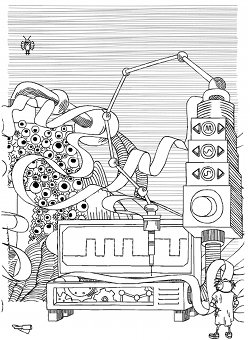
Step 3: The Cannonade of Babies
("The Forth Sally, or How Trurl Build a Femfatalatron to Save Prince Pantagoon from the Pangs of Love, and How Later He Resorted to a Cannonade of Babies")
Trurl encounters a planet with two kingdoms at war.
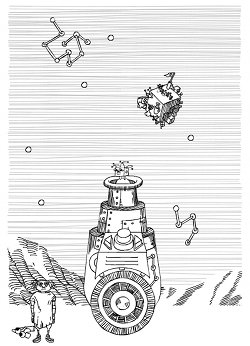

Step 4: ("How the World Was Saved")
Eventually the three elements for “the machine that could do anything in n” are collected.
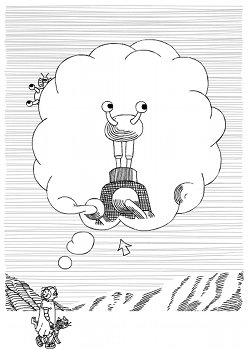
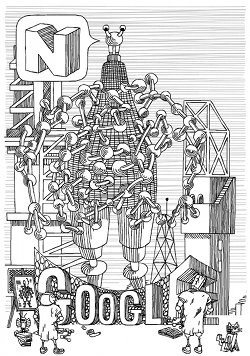
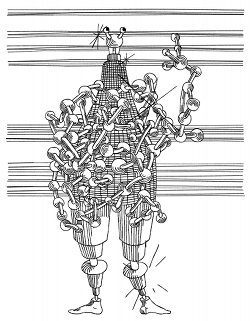
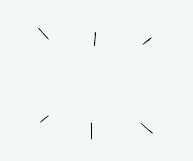
The game contains some surprises ("Easter eggs"), such as the appearance of a "Dragon of Probability" when it has been finished for a third time. Details can be found at Marcin Wichary's blog



